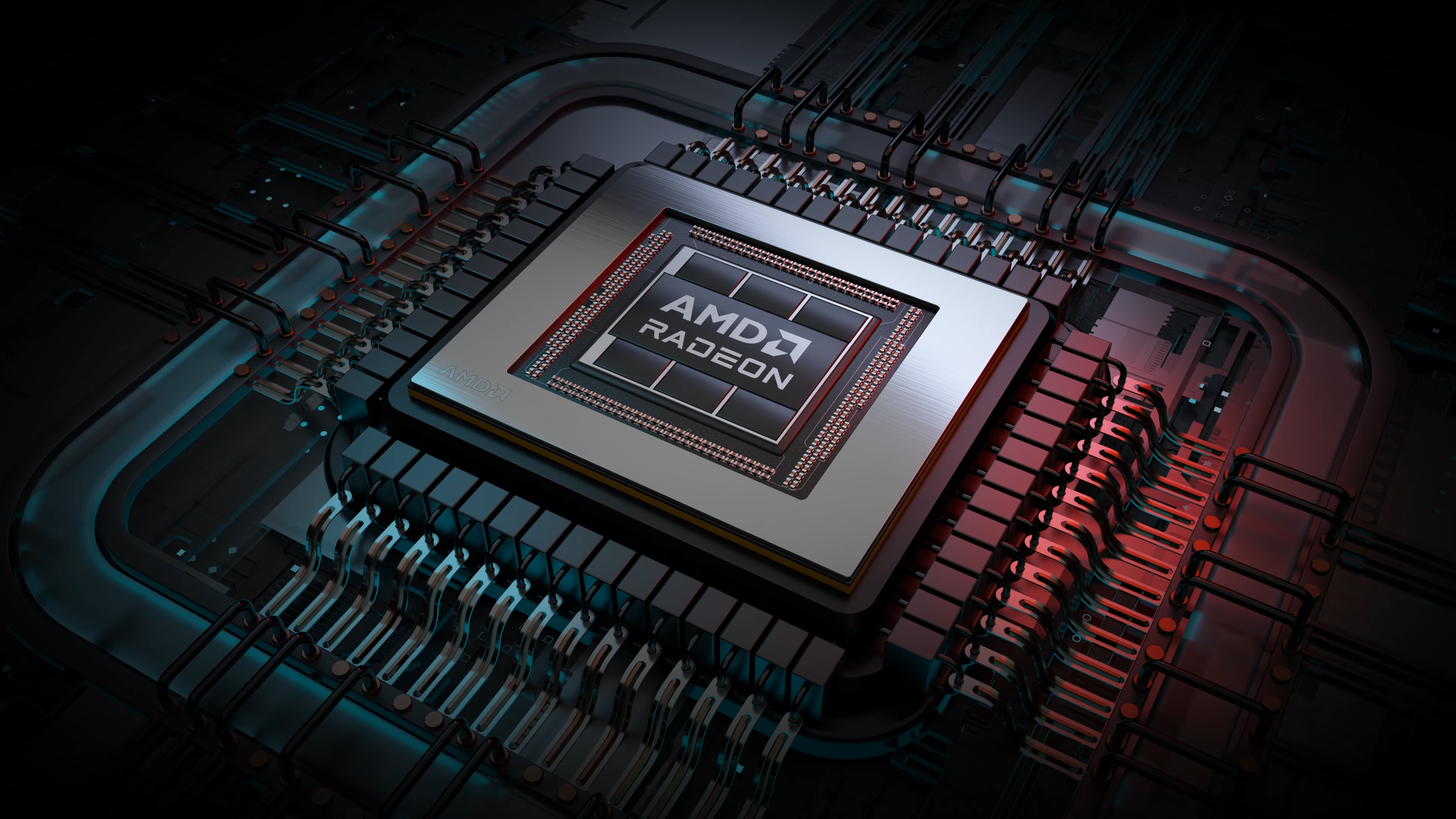
AMD has expanded support for machine learning (ML) development on its RDNA 3 GPUs with Radeon Software for Linux 24.10.3 and ROCm 6.1.3. This enables developers using frameworks like PyTorch, ONNX Runtime, or TensorFlow to perform ML tasks on a local workstation featuring Radeon RX 7000 and Radeon Pro W7000-series GPUs and avoid the usage of expensive cloud-based solutions.
Normally, AMD only supported AI/ML frameworks on Instinct accelerators based on the CDNA architecture for AI and HPC applications, but recently it changed its mind and enabled AI acceleration on its RDNA 3-based GPUs. To make it easier for developers to use Radeon graphics processors for AI development, starting from ROCm 6.1.3 and Radeon Software for Linux 24.10.3 software, ROCm documentation now features a dedicated ROCm on Radeon section to simplify installation and reveal compatibility details.
With ROCm 6.1.3, users can now use these GPUs for advanced AI tasks using frameworks like PyTorch, TensorFlow, and ONNX Runtime. Other highlights of the ROCm 6.1.3 are enhanced inference capabilities for ONNX Runtime, enabling optimized processing with INT8 data format using MIGraphX.
AMD's ROCm 6.1.3 software stack turns a desktop setup into a cost-effective alternative to servers or cloud-based ML platforms, bringing parallel computing capabilities directly to local machines. Also, since AMD's ROCm is compatible with AMD's CDNA architecture, it makes it easy for developers to transition their desktop-developed applications to datacenter environments without changing frameworks.
While it is evident that AMD is doing a lot to make its Radeon GPUs more attractive to AI developers, there are still a few things it could add. AMD's ROCm 6.1.3 was released in June. So far, AMD has released its ROCm 6.2 for Instinct APUs and accelerators, which has more features and capabilities, such as broader FP8 support. Perhaps more importantly, ROCm 6.2 brings vLLM, which addresses significant inferencing challenges, such as efficient multi-GPU computation, reduced memory usage, and minimized computational bottlenecks, according to AMD. As a result, AMD's Instinct accelerators and processors still have numerous advantages over consumer GPUs, particularly when it comes to the usage of such GPUs in the datacenter.







